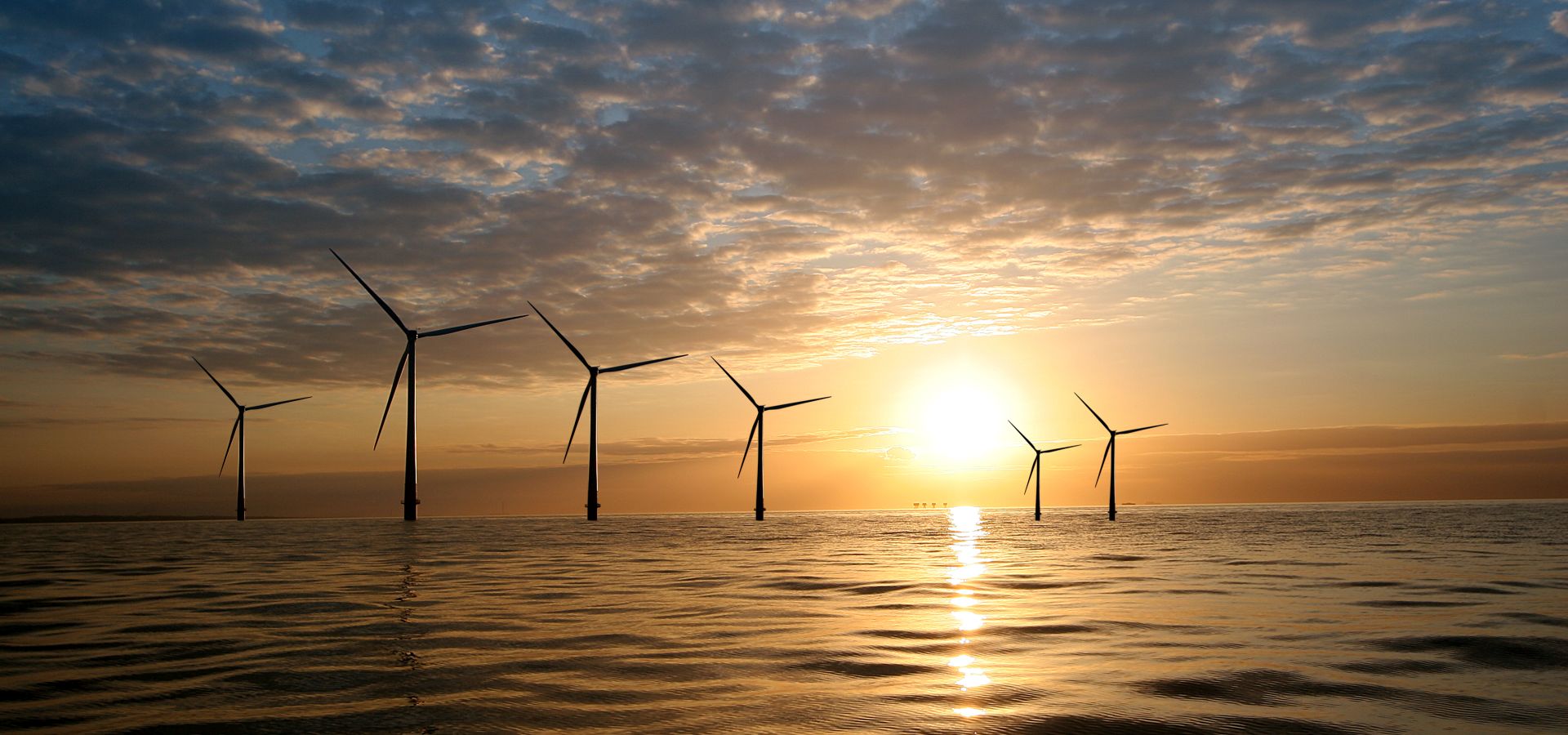While the picture being painted of gains in climate action spending is rosy, those who’ve read the fine print of the budget negotiations know the reality: in order to further bloat agricultural subsidies, European Union leaders have made deep cuts to clean energy infrastructure development funds that will be felt continent-wide for decades to come. Paul Hockenos takes a look.

Budget cuts for clean energy infrastructure could be disastrous (Vattenfall, edited, CC BY-NC-ND 2.0)
The EU’s contentious, slimmed-down 2014-2020 budget is a disaster that can still be averted – that is if the European Parliament (EP) plays its cards right. After all, for the first time ever the EP is voting on the budget (March 13) and, in theory at least, it can force amendments in the very bad deal brokered by the national leaders last month. Sadly, it is almost certain that the EP won’t take such a defiant stand, even in light of the resounding criticism of the current plan.
Indeed, the scaled-back budget has many victims whose interests were denied in favor of the wasteful, counterproductive Common Agricultural Policy, a millstone around the EU’s neck at a time when funds (and a bright storyline) are so desperately needed elsewhere. But most observers overlooked that among the big losers in the compromise was one of the EU’s most innovative, future-oriented projects, namely the Connecting Europe Facility (CEF).
The CEF was envisioned as a new source of funding to support schemes for energy, transport, and communication infrastructure. The idea was that part of the grants and loan guarantees would co-finance the construction of complex smart grids to connect urban areas in the EU27 with on- and off-shore wind parks. It is exactly this kind of infrastructure project that is not commercially viable (which is why, for example, Germany is having such a dismal time getting its off-shore parks up and running). But at the end of the day – or, as it turned out, several very long nights – the planned CEF budget of €50 billion was whittled down to €29 billion. The energy projects will get only €5.1 billion, just over half of the €9.1 billion originally envisaged.
The Commission estimates that 100 billion euros is required just to update energy transmission lines and achieve the minimum efficiencies in a single, connected European energy market – one that could take advantage of weather-dependent wind and solar power. The plan had been to stimulate €200 billion in total grid investment by 2020. If the money numbers aren’t tweaked by the EP this week, this figure probably amounts to wishful thinking.
This is particularly disappointing news, because Europe’s clean energy transition can’t happen unless everyone plays ball. All of the member states rely on – and in the future will increasingly rely on – an integrated, connected European energy market to balance fluctuating green energy supply. A cross-border smart grid is absolutely fundamental to making it all work.
But budget cutters and agricultural policy insiders will probably win the day. The fact that something as bloated, environmentally harmful, and energy-wasteful as the CAP actually emerged from the Council’s budget deal a winner, only rubs salt in the wounds (and, if not corrected, makes a mockery of the EP’s “new” powers).
Energy Commissioner Guenther Oettinger tried to put a bright face on the funds that were approved: “This is at least a door opener for interconnecting European energy infrastructure in the coming years.” Now there’s a pot of money that hadn’t been there before. This much is true.
The proposed cuts to the CEF seem particularly out of place, since national governments agreed to commit 20 percent of all EU funding to battling climate change. This was unprecedented, and Climate Commissioner Connie Hedegaard‘s tweet speaks volumes: “YES! Historic step for climate action! EU leaders agree to commit 20% of all EU spending to climate action, a tripling of funds!”
This is good news, no doubt about it. But there is no better way to spend euros to protect the climate than by investing in high-tech smart grids across all of Europe. Let’s see if the EP will (even try to) do the right thing.
This post first appeared at https://ip-journal.dgap.org/en/blog/going-renewable/eu-don%E2%80%99t-cut-smart-grid-money.